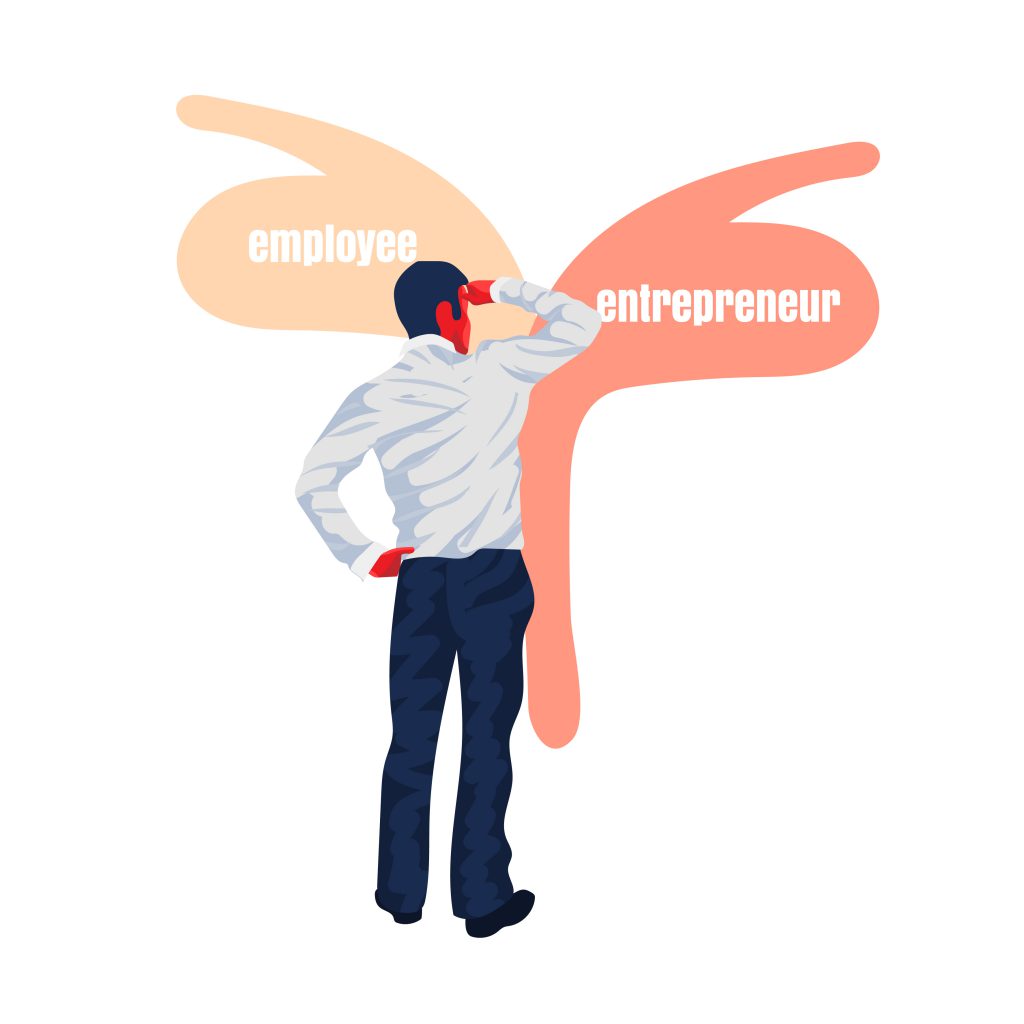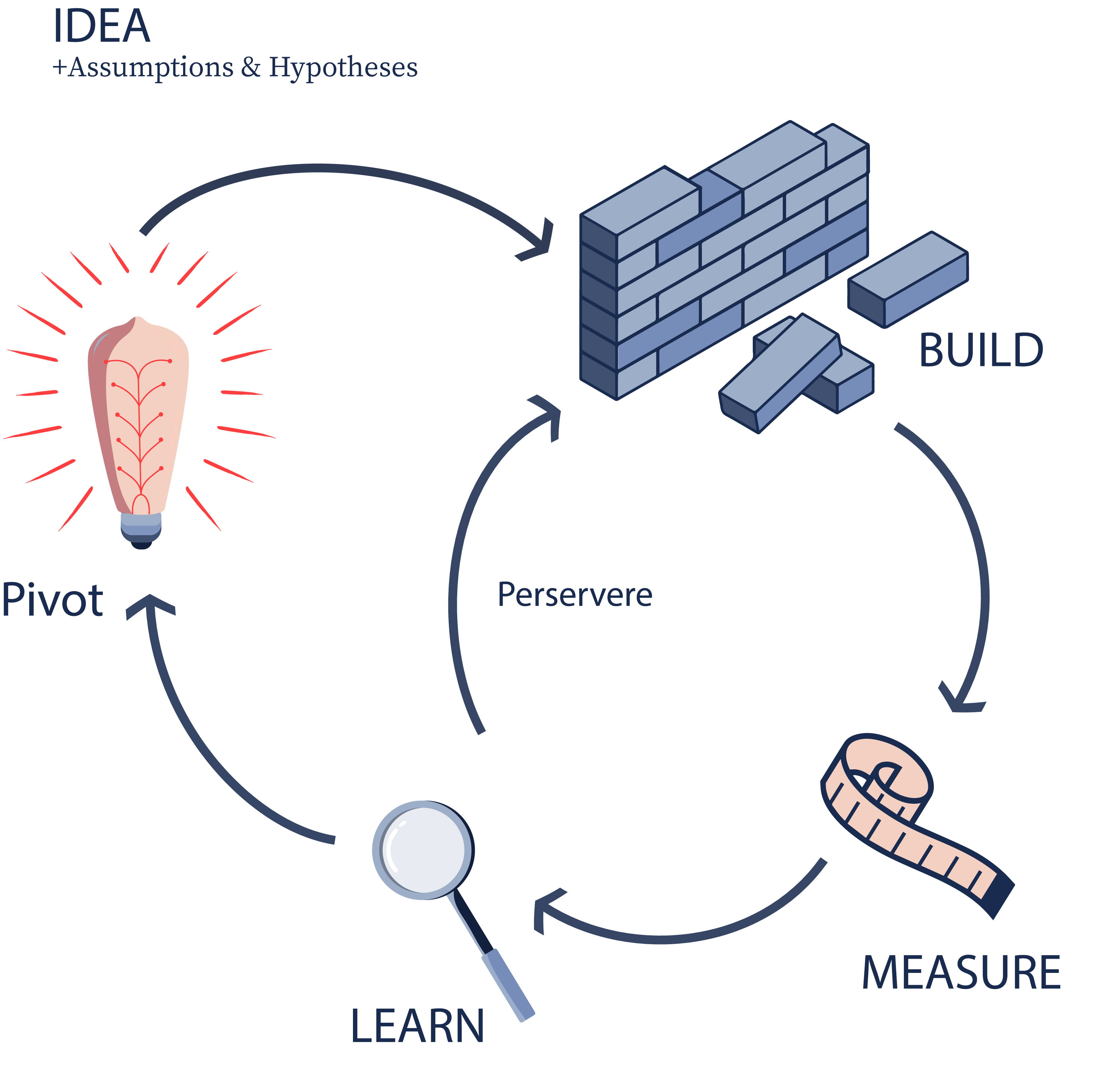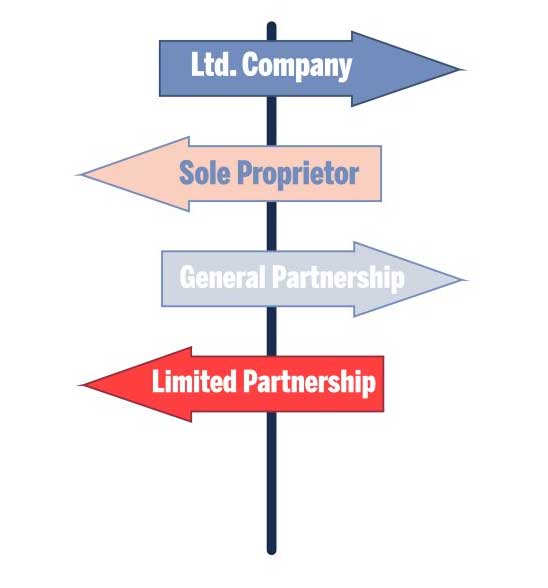Your startup Runway
It has been proven over and over again that adopting a systematic approach to starting a new business can help an entrepreneur in shortening the start-up process, developing products that are better suited to the market, and raising capital faster and cheaper.
Over the course of establishing and running my own six startup companies on my own and assisting over 300 other companies getting started since 1994, I have learned that adopting a systematic approach can help shortening the start-up process, developing products that are better suited to the market, and raising capital faster and cheaper. My personal “systematic approach” is a list of 20 critical aspects of starting up that any new entrepreneur should grasp at least at a basic level.
I have refined and used these 20 aspects or “steps” hundreds of times mentoring entrepreneurs over the years. Through that experience, I discovered that there is no one book that gives a simple introduction for preparing to start a new company.
The point of my book “Startup Runway” is to provide a simple beginner’s guide on how to make a successful entry into the start-up world. The path to success doesn’t have to be long and arduous, I want to make it easier for you to get where you need to go, faster, cheaper, and safer.
20 entrepreneurial steps to turn a good idea into a great business
20 entrepreneurial steps

Step 1: Test yourself
Many entrepreneurs are struggling and eventually giving up – folks who should never have started at all. They were almost deemed or destined to fail. Being an entrepreneur takes guts, long working hours, ability to deal with risk and much more. Be honest to yourself. In this first step I take you through a number of questions you should ask yourself before committing your life and reputation to the entrepreneurial path.
Click here for access to more information and an explainer video

Step 2: Find your unfair advantage
Without an advantage that is hard to copy – which in startup language is referred to as an unfair advantage – startups have an uphill battle. Founders will need to have, or develop such an advantage to survive and succeed. Combine something or be best at something. In this second step see examples of unfair advantages and learn how to develop some.
Click here for more information and an explainer video

Step 3: Sanity-check your idea
A great idea with a mediocre team is less worth than a mediocre idea in the hands of a great team. An idea needs not be more than a direction – towards a real need in the market. In this third step en route to entrepreneurial success I take you through a checklist you may find useful to assess your idea, and some simple suggestions to how you can get and remember good ideas.
Click here for more information and an explainer video

Step 4: Get your value proposition right
A startup needs a value proposition. That is – it must bring value to its customers. Customers don’t really care about the product or its features – at least not unless it solves a problem or gives the customer a great feeling. In this fourth step in transforming a good idea into a great business I base my advice to you on the framework of Alexander Osterwalder.
Click here for access to more information and an explainer video

Step 5: Develop your business model
A value proposition needs an “engine” to bring it to the market and turn it into profit. That is the business model. Startup founders can take advantage of a great tool to develop the business model. It is called the “business model canvas”. It was developed by start-up guru Alexander Osterwalder and has become the go-to standard of the startup world.
Click here for access to more information and an explainer video

Step 6: Build your product - the lean way
Product development should always be an iteration process involving customer. Start with the simplest possible model of the product – or simply a dummy or mock-up version. As soon as you have such a Minimum Viable product you can start to collect customer response and develop it without going too far off in a wrong direction.
Click here for access to more information and an explainer video

Step 7: Conduct your own market research
Way too many entrepreneurs don’t know how to conduct even simple market research. But it is not rocket science. I will share with you how I perform desk research, conduct interviews and focus groups, and perform polls and surveys. It can all render useless results if you get the methodology wrong. Learn just a few concepts and rules of thumb – and do it yourself. Inexpensively and quickly.
Click here for access to more information and an explainer video

Step 8: Tell your brand story
It is hard to establish a new brand in the market. But it is much easier if you have a good story to tell. And every startup has a good and compelling story to tell – it is all about finding it, structuring it, and making it go viral. You don’t have to be a storytelling artist to get started. Storytelling can be learned. In this chapter I share with you what works for me.
Click here for access to more information and an explainer video

Step 9: Build your dream team
Start-ups stand and fall with their human resources. It can be hard to find and on-board great people when you have little other than an exciting adventure to offer. But this is a must-win battle you have to take. And there is a lot you can do to improve your chances of setting up with a great team.
Click here for access to more information and an explainer video

Step 10: Find a mentor
It is a proven fact that entrepreneurs and founders have a higher chance of succeeding if they work under guidance and inspired by a mentor who has succeeded already and is willing to share wisdom. A mentor is not just anybody. It is a role model. What defines a good mentor? How do you find a good mentor? How do you remunerate your mentor?
Click here for access to more information and an explainer video

Step 11: Choose your ownership structure
It is intimidating to talk about ownership when a startup has just started, and the founders are high on all the good vibes and dreams. At that point in time it is like everyone is just playing with monopoly money – nothing has become real yet. But you have to take the bull by the horns and get the ownership structure in place early. Do it before it becomes complicated.
Click here for access to more information and an explainer video

Step 12: Your first Shareholders’ agreement
A shareholders agreement is necessary. Not only does it stipulate who owns what, it is also a great set of rules that founders and owners can use as guidelines for their cooperation. It can help avoid that conflicts escalate out of hand into stall-mates and deadlock. Most importantly – it can guide how shares are traded and how shareholders can leave or enter.
Click here for access to more information and an explainer video

Step 13: Select your legal structure
Founders have several choices when it comes to legal structure. Sole proprietorships, partnerships, limited liability companies and corporations are some of the common models. Get this right from the beginning. It is hard to switch from one model to the other. Make sure that what you choose is future-oriented and can facilitate venture capital and other types of external investment.
Click here for access to more information and an explainer video

Step 14: Protect your intellectual property
In a startup you build intangible assets in the form of goodwill and intellectual property such as trademarks, patents, copyrights, and trade secrets. As the value of these intangible assets typically exceed the value of the fixed tangible assets manifold when one day selling shares in the company they need to be protected. It is difficult – but there is a lot a startup can do from the very beginning to safeguard these intangible assets as they build up over time.
Click here for access to more information and an explainer video

Step 15: Bootstrap your startup
There is no better way of starting a startup than financing everything out of your own pocket. It is called “to bootstrap” your startup. This way you learn to save costs and are under constant pressure to generate income. These are good deeds for start-ups. Startup that get angel and venture capital from the beginning tend to fix their cash shortages with yet another round of venture capital and have a much harder time learning to run an efficient business.
Click here for access to more information and an explainer video

Step 16: Structure your accounting system
Adopt a professional accounting system from the outset. This way you can monitor progress much better and get control over your finances. Startups with good finance control develop both faster and safer.
Click here for access to more information and an explainer video

Step 17: Develop a budget
Before founders can judge whether or not a startup business model holds the potential to develop into a profitable business it is necessary to develop a budget. Launching a start-up into commercial business operations without a budget is risky. Not only is a budget a last moment reality check of the economic viability – it is also a great basis to steer a company on, especially in its earliest years where there are no historical data to build on.
Click here for access to more information and an explainer video

Step 18: Craft your business plan
Some people argue that a one-page business model mapped out on the business model canvas can make it up for a traditional business plan. And that holds some truth from the earliest phases of the startup – as long as it is bootstrapped – and until it is necessary to raise external capital. Investors expect to see at least a simple business plan. The process of writing a business plan is a valuable opportunity to think deep and uncover errors and shortcomings.
Click here for access to more information and an explainer video

Step 19: Pitch for success
On many occasions you need to pitch the ideas and value proposition of your startup – not the least when standing in front of potential investors. And that is not a good time to improvise. Prepare different types of pitches you can fire off by heart. The 10 seconds introduction , an elevator pitch, a 3-minute shark-tank style pitch, and a half hour presentation for investors.
Click here for access to more information and an explainer video

Step 20: Fund your startup
You should wait as long as you can before taking on external investment. But when the day comes – go for it with all the talents you have. Secure a high valuation of your business. Get the best investors on board – and the best terms. And to get to that point you need to understand the basics of fundraising and terms.
Click here for access to more information and an explainer video
You can purchase the book here
Blog
About the author

Peter Rasmussen is the founder and chairman of Asia Base, a law and strategy consultancy which has helped establish over 300 international companies from startups to multinational corporations in China since 1994. He holds a BSc in Electrical Engineering from the University of South Denmark, and an MBA (taken in in Mandarin Chinese) from National Taiwan University.
Peter specializes in providing strategic and practical advice to foreign investors in the fast-paced business world in China. Based in Suzhou, he has founded six companies of his own in law, agriculture, industrial manufacturing, business incubation services, and seed capital. Over the years he has been awarded industrial, social and royal recognition for business leadership, entrepreneurship, contributions to cross-border commerce and investment.
He is an incarnated life-time entrepreneur who began his entrepreneur journey at just six years old and has become a highly sought-after consultant, investor and mentor.
Contact Peter Rasmussen Asia Base
Peter Rasmussen can be contacted by email to peter@peterrasmussen.com